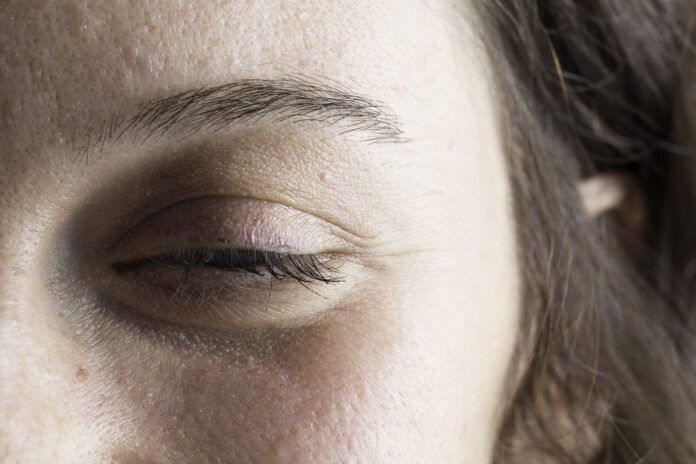Overview Of Drooping Eyelids
Drooping Eyelids is excess sagging of the upper eyelid. The edge of the upper eyelid may be lower than it should be (ptosis) or there may be excess baggy skin in the upper eyelid (dermatochalasis). It is often a combination of both conditions.
Commonly Associated With
Ptosis, Dermatochalasis; Blepharoptosis; Third nerve palsy – ptosis; Baggy eyelids
Causes Of Drooping Eyelids
An affected eyelid is most often due to:
- Weakness of the muscle that raises the eyelid
- Damage to the nerves that control that muscle
- Looseness of the skin of the upper eyelids
A drooping eyelid can be:
- Caused by the normal aging process
- Present before birth
- The result of an injury or disease
Diseases or illnesses that may lead to this condition include:
- Tumor around or behind the eye
- Diabetes
- Horner syndrome
- Myasthenia gravis
- Stroke
- Swelling in the eyelid, such as with a stye
Symptoms Of Drooping Eyelids
Drooping may be present in one or both eyelids depending on the cause. The lid may cover only the upper eye, or the entire pupil may be covered.
Problems with vision will also be present:
- At first, just a sense that the very upper field of vision is being blocked.
- When the drooping eyelid covers the pupil of the eye, vision may become completely blocked.
- Children may tip their heads back to help them see under the eyelid.
- Tiredness and achiness around the eyes may also be present.
- Increased tearing despite a feeling of dry eyes may be noticed.
Exams & Tests
When the condition affects one side only, it is easy to detect by comparing the two eyelids. Drooping is more difficult to detect when it occurs on both sides, or if there is only a slight problem. Comparing the current extent of drooping with the amount shown in old photos may help you detect the progression of the problem.
A physical exam will be done to determine the cause.
Tests that may be performed include:
- Slit-lamp examination
- Tensilon test for myasthenia gravis
- Visual field testing
Treatment Of Drooping Eyelids
If a disease is found, it will be treated. Most cases of drooping eyelids are due to aging and there is no disease involved.
Eyelid lift surgery (blepharoplasty) is done to repair sagging or drooping upper eyelids.
In milder cases, it can be done to improve the appearance of the eyelids.
In more severe cases, surgery may be needed to correct interference with vision.
In children with ptosis, surgery may be needed to prevent amblyopia, also called “lazy eye.”



